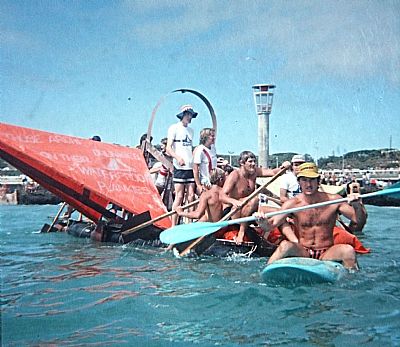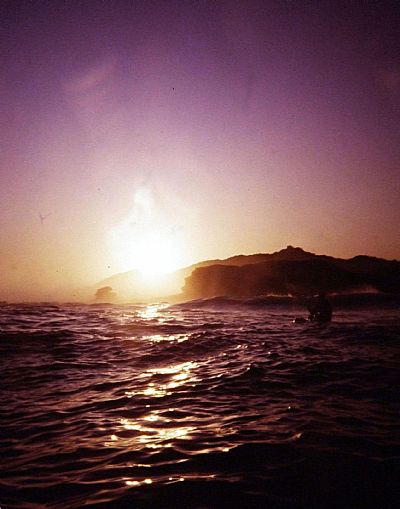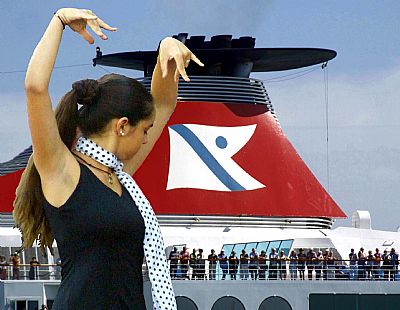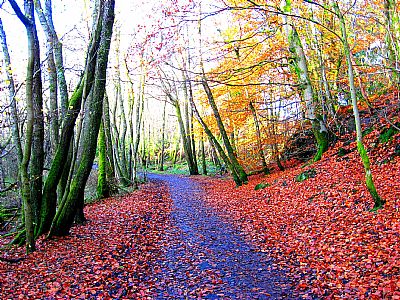PHOTOGRAPHY & CAMERAS
My latest car, a Vauxhall Combo XL, is already a past model, bought in 2025 at a reasonable price as a used model. Wisely, it refuses to display photographs while being driven. Actually it simply interfaces with my smart phone, but this enables various functions including SatNav which I usually leave on Google Satellite view with its incredible photographic images of the whole planet, even our garden. It does not have its own cameras, as some cars do, for reversing or as dashcams, but it does have sensors that bleep wildly along with sybolic range finders on the screen if I get too close to another car..... or if I haven't cleared along the driveway enough.
But I am getting ahead of myself again.
My first camera
When I was about 10 and we were going off to the Kruger National Park, I was given a small plastic camera. This was before the equally small compact cartridge cameras and more like a very basic "proper" camera. It took film in the usual way. At that time black and white. Getting the film processed and printed cost more than the camera itself. And being new to photography, my pictures were rubbish.
A step up.
I next got a compact cartridge camera and used it in the navy, the pictures of which you can see here NAVAL CAREER
By this time I was using slide film and what you see on this website have been copied from them. Slides tend to go mouldy over the years. I have a fine collection of mouldy slides! Those from my navy days are square reflecting the size of the camera.
This was the age of sharing photos and the way it was done was to give slideshows.
Slides
While snaps ie prints were very popular, slides enabled one to give slideshows and that could be enjoyed by several people at the same time.
That was both a benefit and a bore!
South Africans that could visit Europe were still in the minority and we were expected to sit through 80 or more slides with friends, huddled in a darkened lounge somewhere. While some of us developed skills at taking pictures in both slide and print mode, there was no opportunity to edit them at all. You saw what you got.
Slides worked out marginally cheaper than prints. Every click of the camera equated to an expense. You needed to send the film off to be developed and often waited over a week for their return. That resulted in varying degrees of pride and joy or frustration and embarassment.
Eventually specialist shops and even supermarkets provided this service.
I was still using slides when I was a student and bought a cheap push-pull slide projector on a trip to Europe in the mid-70s. I took a great deal of pictures on the two trips and borrowed the archtiectural department carousel to let it run continually in the foyer as a light distraction to the other students.
I had seen in documentaries how one could cover a nearby building with slide images and tried it, but did not have a suitable high powered projector. (That is a popular exhibit system on dark winter nights now, but produced by specialist image promoters).
We tried all sorts of ways to enhance the slide projection experience. We once had some visit our department with a set of 8 slide projectors.
Developing ones own slides is a bit of a hit-and-miss thing, at least in amateur hands. You actually develop the film about half way and very briely expose it to the light again before finishing the process.
It somehow reverses the development from negative to positive colour. Weird. Well that was how we did it. The system seems to have advanced since then to something simpler.
A waterproof camera.
I had started paddle skiiing. A whole new perspective on the coast. Dilphins. A whale.
I never did get the snaps of those, but I did use it for Anything-that-Floats and some sunsets at sea.
It was not actually waterproof with water pressure so I never got to try it while diving. It was just a fairly normal small camera with an integral waterproof casing.

This was taken by me from my paddle ski using a waterproof camera. I copied the slide with an adapter on my SLR lens. See UNIVERSITY

Sunsets while paddle skiing or surfing out on the evening swell were amazing. Liquid gold. Atune to the planet's energies and rythms. Here another skiier awaits a final or perhaps almost final wave before heading to shore. Beyond the sun glows through the mists rising up from the breakers against the jagged sandstone rocks westwards towards Bats Cave.
Prints
I was hooked on photography by this stage and learnt to use the department darkroom. That meant hours in a dim amber light with pans of chemicals (developer/wash/fixer). I learnt the hard way that this could be expensive. Overdone photos would end up with the silver nitrate dominating. A bit eerie and occassionally even attractive, but not useful.
My parents bought me a photography set and I would black out the bathroom at home to develop and print pictures. I even got quite ambitious and produced A3 montages that filled a room like wall paper of historic scenes copied by camera. But these would deteriorate and be abandoned. A bit of a waste really.
I was not the first in the family to do photographic development at home. However I do not know who that was other than it was one of my father's cousins.
Photography sets come with tongs to handle the prints while in the solutions. I had inherited an ivory pair of tongs too. If you are focussed you will realise this is unlikely. In fact they were ivory glove stretchers in the days of elegance.
This was all black and white film and prints. An amateur colour print system came out. But it proved expensive, particularly if the timing and developer mix were not accurate enough.
Learning all about ISO, shutter speed and apperture.
On my first trip to Europe I was with my parents and my father bought me a fixed lens which had a clever cog system that balanced these three criteria. My photos were usually quite acceptable although it was years before I really understood them and how to utilise them properly.
But I did get to learn about them and apply them fairly well. When I eventually got a SLR camera (single lens reflex) I could handle it properly and through magazines and my comprehensive set of Time Life books on the subject got to experiment a bit, Still frequently using slides, I tried with some success to double expose shots of city cights for instance.
As students we would save some money by going to a private service provider in central Port Elizabeth. And this very strangely overlaps into another subject. His photographic workshop (as opposed to a studio) was located in a highrise building also used by the security police. We never saw any evidence of that, but it was where they, according to the local paper, had sent an interviewee to his death from an upstairs window. It unnerved us a bit when we went there.
The digital age
The instantaneousness of photography now is taken for granted. You can take a photo and send it around the world within seconds.
And you can edit it, combine it, duplicate it, flip it etc very easily. Some phones even extract selected subjects or mask those unwanted. The online geneology website offer apps that bring old photos to life, add colour or repair damaged images. All rather spooky.
While setting the ISO, shutter speed and apperture remain very valid, even for amateurs, so much is done by the digital camera. Most cameras even on phones give options for pre-settng that give optimum results.
I use Serif PhotoPlus (much like PhotoShop) often in combination with Serif PagePlus. These have now been superceded by more sophisticated programmes which are popular with more sophisticated operators (beyond my expertise). AI can even produce video by altering and combining real images. CGI.

This is one of my favourite creations. We were on a cruise and in Cadiz. A flamenco display was put on for us in the town square. I climbed up a light pole base and took photos of the dance group. And then I took a picture of one of the 4 Fred.Olsen ships. (It was a get together if all four of the fleet). Back home I separated out what I didn't want and merged the two photos. It was used in the travel article in the Express newspaper by my wife.

These are simply natural colours "turned up" and exagerated which gives it a slightly phantasy appearance. The creative options with such photo editing apps is almost infinte. This is a path in Mugdock Park.

